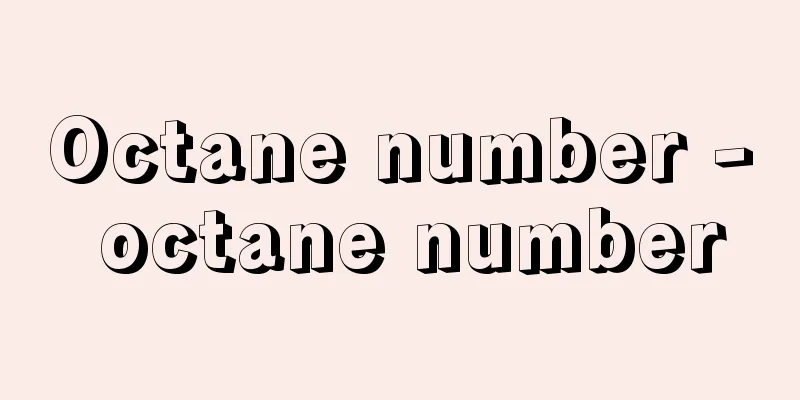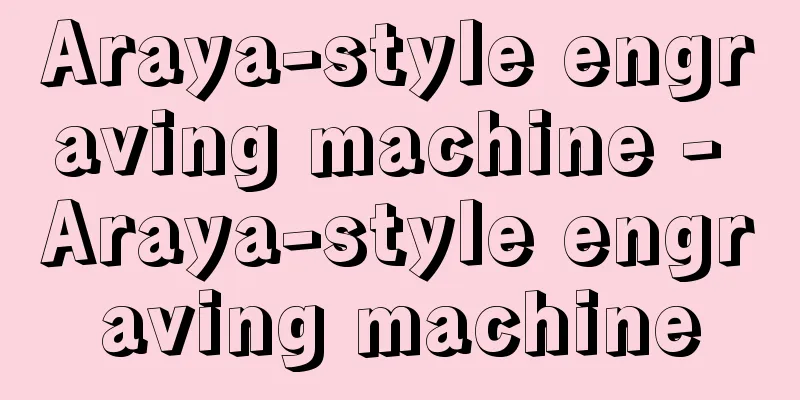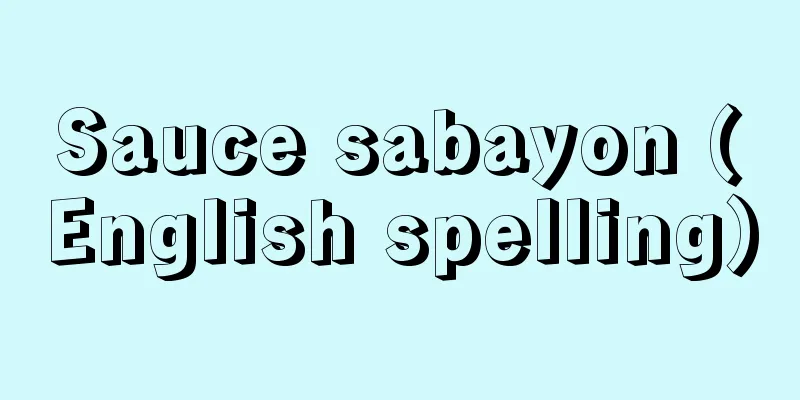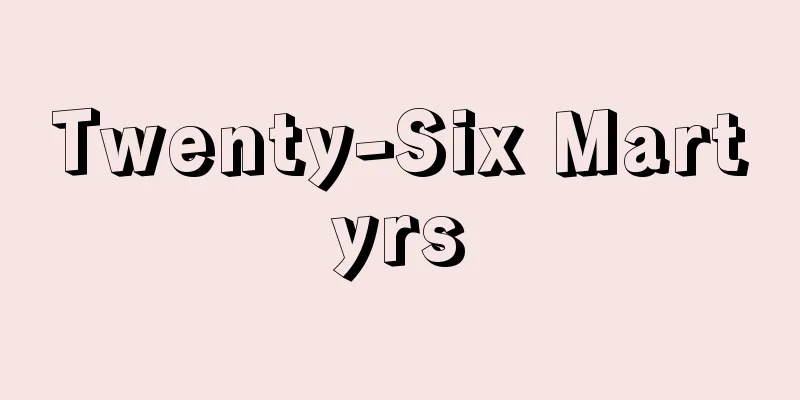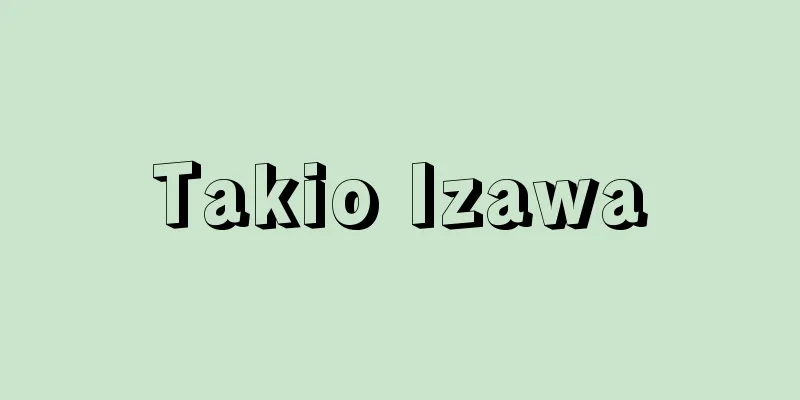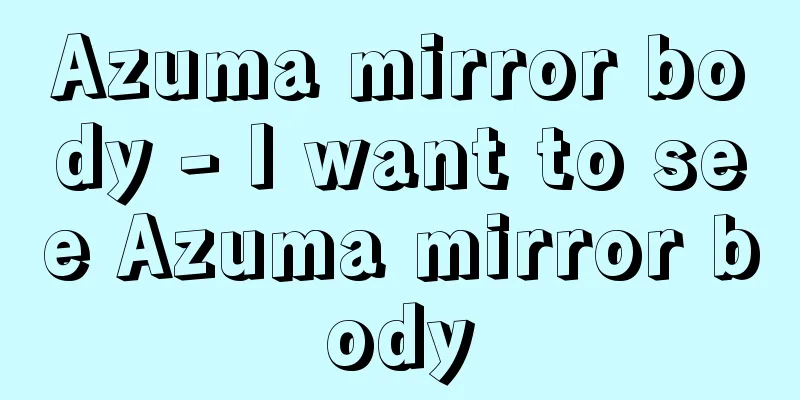Myoboudou
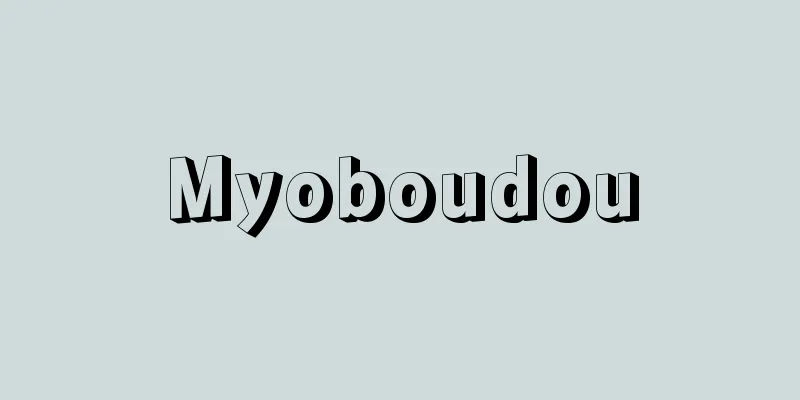
|
It was a department of the Daigakuryo, where research and teaching on the Ritsuryo Code was conducted. Instructors were called Myoho Hakase and students Myoho Sei, but this does not appear in the regulations. In 728 (Jinki 5), there were two instructors and ten students. There are no textbooks on Myoho in the Ritsuryo system, but it is believed that students studied both the Ritsuryo Code and the Ritsuryo Code, and the Engishiki stipulates that lectures should be given on the Ritsuryo Code as the Greater Sutra and the Ritsuryo Code as the Lesser Sutra. The Myohodo examination, which examined Myohodo graduates, asked them questions on the 10 articles of the Ritsuryo Code. Those who understood the principles and were questioned without any doubts were given the rank of Totsu, those who passed all the tests were given the rank of A, and those who passed 8 or more were given the rank of B. Many Myohodo graduates were employed as officials in the Ministry of Justice, Danjodai, and Emonfu, where they made use of their specialized knowledge. There was a high demand for officials with legal knowledge, and in 802 (Enryaku 21), the quota for Myohodo students was increased to 20. However, since Myohodo dealt with prisons, there were few high-ranking aristocrats who studied at Myohodo, and both instructors and students were from humble backgrounds. It was legally required that Myohodo students who had mastered the Ritsuryo Code take the Myohodo examination, but in the latter half of the 10th century, only those who had received the imperial decree of Myokyo Tokugosho or Jun Tokugosho were allowed to take the Myohodo examination. From the 9th to the 11th centuries, the Sanuki and Koremune clans produced many outstanding scholars of Myoho, but by the end of the 11th century, the Sakanoue and Nakahara clans had established themselves as families of Myoho doctors and the position became hereditary. [Morita Tei] "Research on the Ancient Educational System by Momo Hiroyuki (1947, Meguro Shoten)" [Reference] |Source: Shogakukan Encyclopedia Nipponica About Encyclopedia Nipponica Information | Legend |
|
大学寮の一学科で、律令(りつりょう)の研究、教授を行った。教官を明法博士(はかせ)、学生(がくしょう)を明法生と称するが、令の規定にはみえず、728年(神亀5)に教官2、学生10を置いた。令制に明法道の教科書はみえないが、学生は律と令とを学んだと思われ、『延喜式(えんぎしき)』では律を大経、令を小経に准じ講説すると規定している。 明法道出身者を試験する明法試は律令10条を問い、義理に識達し問われて疑滞なきものを通とし、全通を甲、8以上通を乙とし、位階を与えた。明法道出身者は多く刑部(ぎょうぶ)省、弾正台(だんじょうだい)、衛門府(えもんふ)などの官人に採用され、専門知識を生かした。法律知識を有する官人への需要は多く、802年(延暦21)には明法生の定員が20人に加増されている。ただし刑獄を扱うことから上級貴族にして明法道に学ぶものは少なく、教官、学生ともに卑姓出身者で占められた。律令を習得した明法生が明法試を受けるのが令規であるが、10世紀後半になると明経得業生(とくごうしょう)ないし准得業生の宣旨(せんじ)を受けたもののみが明法試を奉ずるようになった。9世紀から11世紀にかけて讃岐(さぬき)氏や惟宗(これむね)氏から卓越した明法家が輩出したが、11世紀末になると坂上(さかのうえ)、中原両氏が明法博士家として固定し世襲となった。 [森田 悌] 『桃裕行著『上代学制の研究』(1947・目黒書店)』 [参照項目] |出典 小学館 日本大百科全書(ニッポニカ)日本大百科全書(ニッポニカ)について 情報 | 凡例 |
Recommend
Revaluation tax - Saihyokazei
A type of national tax levied when assets are rev...
High-quality spring water - high-quality spring water
A migrant monk of the Obaku sect who was active i...
Prelude (Latin: praeambulum)
An introductory instrumental piece. Styles and fo...
Unified Trial - Toitsu Kouhan
A unified trial is a trial in which many defendant...
Amber (Belgium) - Amber
…A large trading port and coastal industrial city...
Fire (■1) Dokan - Kayokan
...A man from Yeongju. He noticed the effectivene...
Markovnikov's rule
This is an empirical rule regarding the direction ...
Museo Pio-Clementino (English name)
…Each collection and building is named after its ...
Rhizostoma
…These days, the order Cubozoa is often referred ...
glacier striae (English spelling) glacier striae
...the meltwater flowing from a glacier is cloudy...
Govinda
The term "Vedanta" refers to the Upanis...
Anshan Steel Works
A steelworks in Liaoning Province, northeastern Ch...
Amano clan - Amanouji
The Amano clan originated from Amano-go, Tagata-gu...
Gunflint Formation
… [Canadian Shield and Banded Iron Formations] Th...
Kinetin
Its chemical formula is C 1 (/0)H 9 N 5 O. 6-furfu...
